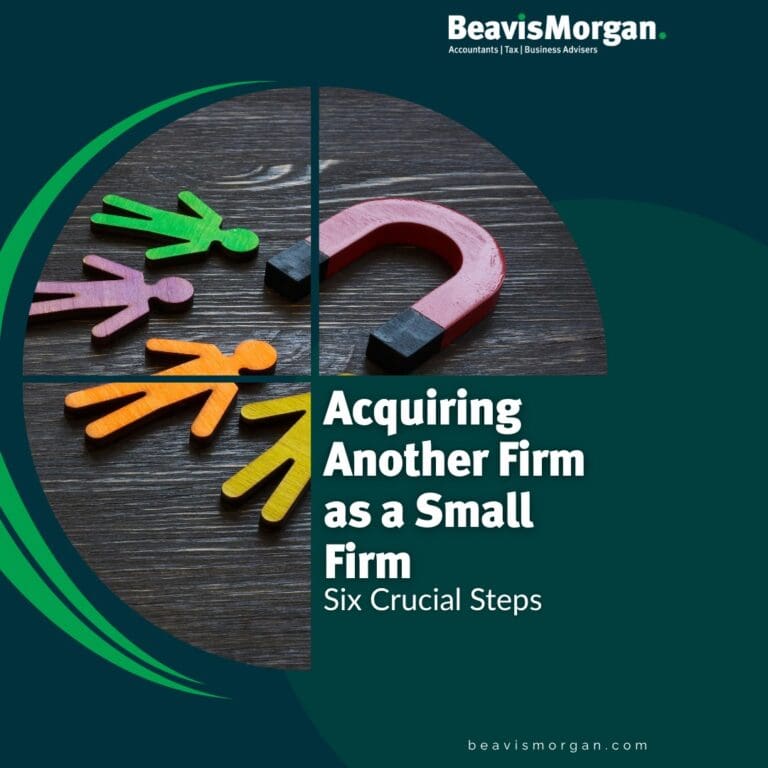For listed companies, reporting season is a crucible. Tight deadlines, complex consolidation, evolving financial reporting standards and guidelines and stakeholder demands all converge. If you let it overwhelm you, quality suffers and risk rises. But with planning and smart support, you can stay ahead. Here’s how.
1. Map your timeline well in advance
Getting ahead of the reporting crunch starts with disciplined planning. A clear, realistic timetable is the single biggest factor in preventing last-minute stress.
- Backwards-plan from your audit deadline. Set milestones for trial balances, review rounds, adjustments, and disclosures.
- Be realistic about holidays, board meetings, regulatory filings and resource constraints.
- Assign a “reporting lead” in the finance team – a single person responsible for tracking progress, clearing blockers, and coordinating with auditors.
- Keep a “red flag” register: issues or delays that might push past the audit window.
2.Harmonise accounting policies and consolidation
Inconsistent accounting policies or delayed subsidiary data can derail your close. Aligning everything early ensures smoother consolidation and fewer audit surprises.
- Consolidation is often the biggest technical pain point in reporting season. You need uniform accounting policies, timely inter-company eliminations, and alignment of reporting dates. Under IFRS 10 (and related standards), control assessments, intra-group elimination and uniform policies are key.
- If subsidiaries have different year ends, be ready to adjust for non-coterminous periods or significant events outside the reporting window.
- Check that subsidiaries’ financials already comply (or are convertible) to your group policies. Otherwise, you’ll face last-minute restatements.
- Use standard templates and automated consolidation systems where possible — reduce manual rework.
3.Build buffer time for complex or judgmental areas
Some areas of reporting are inherently unpredictable. Allowing extra time for technical judgments and reviews can make the difference between control and chaos.
- Some parts of reporting – impairments, business combinations, share-based payments, tax provisions – always take longer than you expect and may require the assistance of an external expert.
- Flag those early, allocate more time and briefing to the staff working on them.
- Leave slots in your timeline for back-and-forth with auditors, rework of disclosures, and stress testing of scenarios.
4.Use external support to relieve bottlenecks
Even the best internal teams face bandwidth limits. Bringing in experienced external specialists can help maintain momentum and quality when workloads peak.
- Bringing in flexible, senior external resource can help smooth peaks without bloating permanent headcount.
- Experts can assist with consolidation builds, preparing disclosure notes, complex accounting judgments, reconciling group adjustments, or coordinating schedules.
- External teams often have ready checklists, templates and prior experience across multiple sectors – reducing “reinventing the wheel.”
- They also act as a buffer: leaving your internal team free to resolve critical internal issues rather than get bogged down in detail or coordination.
5.Maintain open communication with auditors
Your audit runs more efficiently when collaboration starts early. Transparent, structured communication builds trust and reduces time lost to rework.
- Engage auditors early – well before detailed fieldwork begins. Share your timeline, assumptions and areas you expect issues.
- Set regular checkpoints (weekly or bi-weekly) to surface discrepancies or delays.
- Provide the auditors with clean, organised working papers and reconciling schedules. If they don’t waste time chasing missing backup, they’ll spend less time in your team.
- Don’t hide difficult areas – better to raise them early than have them derail your close.
6.Learn, refine and document for next year
Each reporting cycle is a chance to improve. Capturing lessons and building them into your playbook strengthens your process year after year.
- After close, run a debrief: what bottlenecks occurred, what assumptions failed, where data or systems lacked robustness.
- Capture lessons and build them into next year’s plan.
- Create a “reporting playbook” – a living document that outlines the steps, dependencies, templates and responsibilities.
- Use that playbook to accelerate onboarding, cut duplicate effort and improve consistency.
Final thoughts
Reporting season doesn’t have to be a scramble. If you build a disciplined timeline, harmonise consolidation work, allow margin for tough areas, deploy external support when needed, keep your auditors in sync and learn from each cycle, you’ll reduce stress and raise quality.
At Beavis Morgan, we partner with listed company CFOs during their busiest periods – helping with consolidation builds, accounting judgment support, audit coordination, disclosure drafting, and capacity relief. If you feel your team is stretched this year, we’d be happy to help you get ahead.
Contact us to discuss how we can work alongside your finance team.
Download our Listed Companies Support information sheet.





